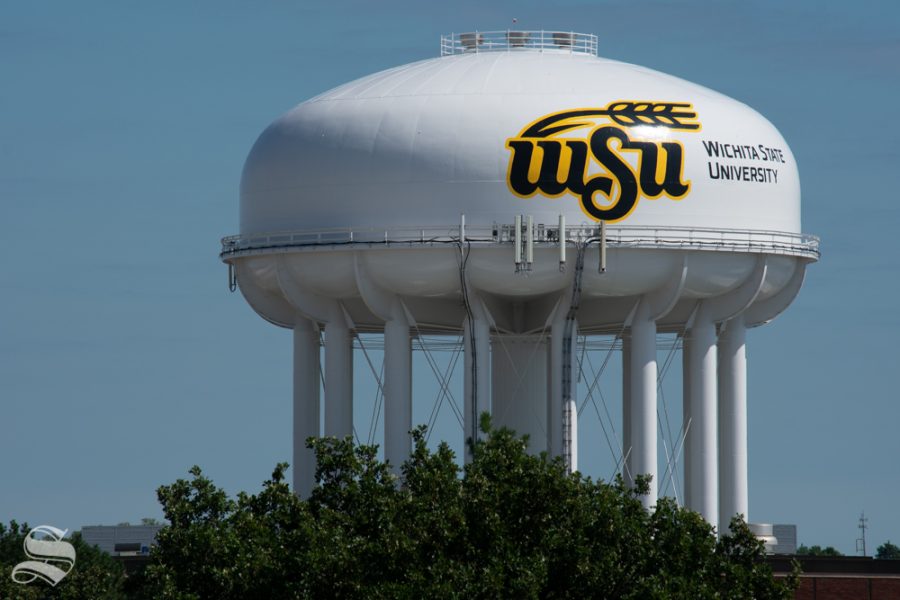What is WSU’s plan in the event of a water treatment plant shutdown?
Wichita’s sole water treatment plant has become a point of concern for some residents following a recent report of its poor condition.
In July, The Wichita Eagle reported that 99% of parts at the 80-year-old plant are in “very poor condition.”
A major failure would require the entire plant to be shut down, potentially compromising access to running water for hospitals, schools, businesses, and homes in the most populous region in Kansas. That includes Wichita State.
So what’s the university’s plan in case the plant goes under? The answer is a bit complicated.
WSU’s Emergency Operations Plan (EOP) does not contain a specific contingency plan for loss of water in the event of a treatment plant shutdown. But in an interview with The Sunflower, WSU Director of Environmental Health and Safety Mike Strickland said the university does have a plan.
Strickland said the plan would be based on how long the shutdown was expected to last, and it would be based on guidance from city and state officials on how to proceed.
Wichita officials have been working to develop an emergency plan specific to a plant shutdown, but it has yet to earn state approval.
Strickland said the university would first commission a team based on the level of emergency, in accordance with the EOP. Those responses are based on a three-tiered system.
A plant shutdown would trigger either a level-two or level-three event based on the descriptions given in the EOP.
Either level of emergency would activate the University Emergency Operations Center, which is essentially a rapid-response group under the President’s Executive Team.
After the groups were formed, they would be tasked with conducting an overview of the university’s on-hand water resources and daily consumption rates.
Strickland said that information would help give the university an idea of how long it could sustain itself without outside water flow.
University officials would then coordinate with city and state officials, Strickland said, to determine the severity of the situation and then dispense aid to the university accordingly.
Director of Public Works Alan King told The Eagle in July that “Every hour [the plant] is running, it could fail —right as we’re talking, right now.”
Despite its reportedly poor conditions, Strickland said a complete shutdown at Wichita’s sole water treatment plan seems “unlikely.”
Wichita was recently approved for a $274 million loan to finance the construction of a second water treatment plant for the city, helping establish redundancy if the first plant were to shut down. The second plant is expected to be open by 2024 at the earliest.













